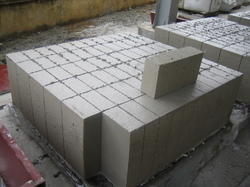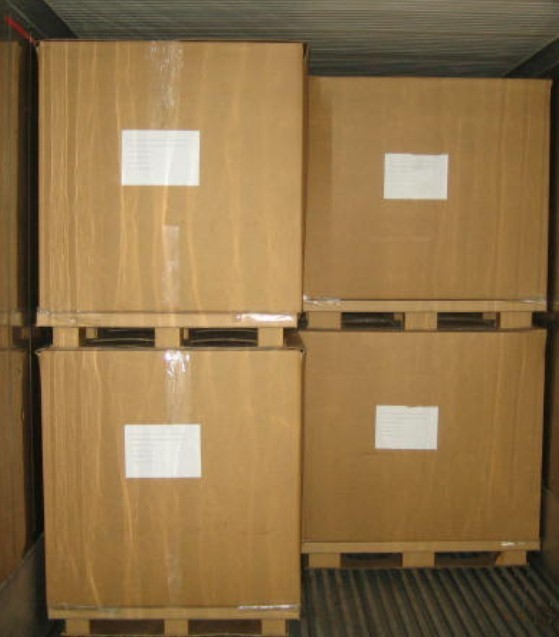Professional solutions on concrete addtives, Concrete Foaming Agent, Superplasticizer, CLC Blocks Additives, and foaming machine
(Influences of Concrete Water Reducer on Different Kinds of Cement (3))
The water-reducing agent or concrete water reducer is a kind of concrete admixture that can reduce the water consumption under the condition of keeping the slump of concrete basically unchanged. It has a dispersive effect on cement particles, can improve its workability, reduce water consumption per unit, improve the fluidity of concrete mixture, or reduce the amount of cement per unit, saving cement.
Because different cement has different mineralized compositions, in addition to the variety of mixed materials, the effect of admixtures for different types of cement is very different.
In this article, we will talk about the problems when water reducer meets different kinds of cement and solutions.
5. Gypsum Cement with Poor Water-soluble Effect
Gypsum is used as the coagulant of cement, and its dosage basically matches the content of C3A in cement. After adding water, gypsum forms a certain amount of ettringite in cement, which is adsorbed in C3A to control the hydration of C3A and play a role in regulating the setting time of cement. Among commonly used gypsums, the two-water gypsum (CaSO4.H2O) has the best water solubility, so two-water gypsum is more used to produce cement. But gypsum in cement production and cement clinker grinding, grinding temperature is too high will make a large amount of dihydrous gypsum into semi-hydrous gypsum (CasO4.1/2H2O) or anhydrous gypsum (CaSO4) that is anhydrous gypsum. Also, some cement plants also can use anhydrous gesso directly or use a few industrial waste gesso to wait like fluorine gesso, desulphurization gesso, and phosphor gesso. Anhydrite and the above waste gypsum are poor in water solubility and dissolve slowly in water. Wood calcium or sugar calcium and other retarding water reducing agents with high-cost performance are usually added to the admixture, and the incorporation of these water-reducing agents will affect the solubility of gypsum. Because gypsum does not dissolve quickly, C3A in the cement will hydrate rapidly, resulting in a large number of calcium aluminate crystals, resulting in the concrete pseudo-setting (that is, a small amount of cement has been set and a large number of cement particles have not been hydrated and set, and the cement slurry loses fluidity).
In order to prevent cement mixed with anhydrite or cement mixed with other poor water-soluble gypsums to produce false coagulation, it is best not to use wood calcium, wood sodium, sugar calcium, and other water-reducing agent affecting gypsum dissolution. The experiment proves that the control of the dosage of the water reducing agent has a certain effect. False coagulation can also be controlled by mixing a large number of admixtures which can supplement SO3 in cement.
6. Fresh Cement and Cement with a Large Specific Surface Area
Storage time and specific surface area of cement kiln also affect the adaptability of admixtures. Usually, the cement with a short storage time after being made is called "fresh cement". Because the storage time of this cement is short, the cement temperature is higher, the cement hydration speed is very fast, and cement generates an electric charge during grinding, the mutual adsorption between particles affected the water reducing agent dispersion effect, increasing the concrete collapse loss rate.
Prolonging the cement storage time and waiting for the temperature to drop below 50℃ will improve the solubility of the cement and the admixture. If the cement storage time cannot be extended, the dosage of retarder should be increased.
The specific surface area of cement has a certain influence on the adaptability of admixture. Cement with a large specific surface area needs a large amount of water. In order to achieve a certain fluidity, more additives need to be added. It is generally considered that the specific surface area of cement is more suitable for about 5000CM2/g. The strength of cement with a large specific surface area develops quickly in the early stage, but it has a negative effect on the strength and slump resistance of concrete in the later stage. When cement with a large specific surface area is used, the dosage of admixture should be increased. Considering that the use cost is not increased, the dosage of water-reducing agents with a low price can be used and the dosage of water-reducing agents and retarders can be appropriately increased
Summary
Due to the complex mineralized composition and morphology of cement clinker and mixture, there are too many factors affecting the solubility of water-reducing agents. It is difficult to solve the adaptability of all water-reducing agents to cement by a simple method. The results show that although polycarboxylate superplasticizer has better adaptability to cement than other kinds of superplasticizer, it still has some adaptability problems. The commonly used measures of changing the time and method of adding water reducing agent at home and abroad can improve the adaptability to some extent, but some problems will still occur when used in some special cement phase dissolution.
Suppliers of Concrete Additives
TRUNNANO is a reliable concrete additives supplier with over 12-year experience in nano-building energy conservation and nanotechnology development.
If you are looking for high-quality concrete additives, please feel free to contact us and send an inquiry. (sales@cabr-concrete.com)
We accept payment via Credit Card, T/T, West Union, and Paypal. Trunnano will ship the goods to customers overseas through FedEx, DHL, by air, or by sea.
(Influences of Concrete Water Reducer on Different Kinds of Cement (3))






